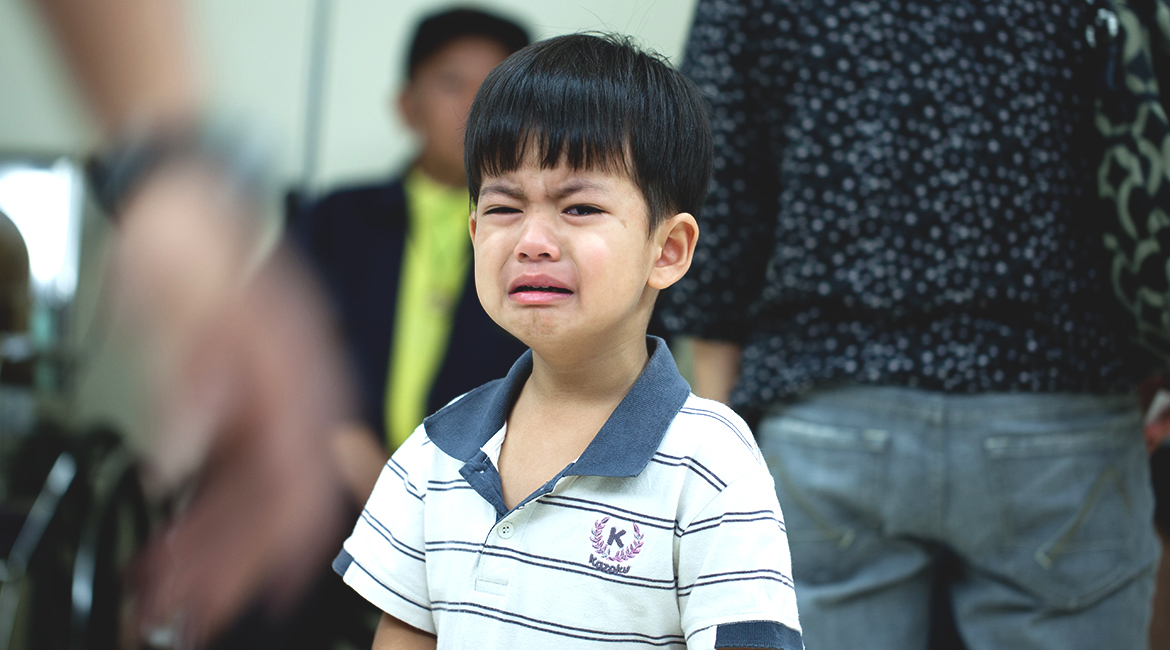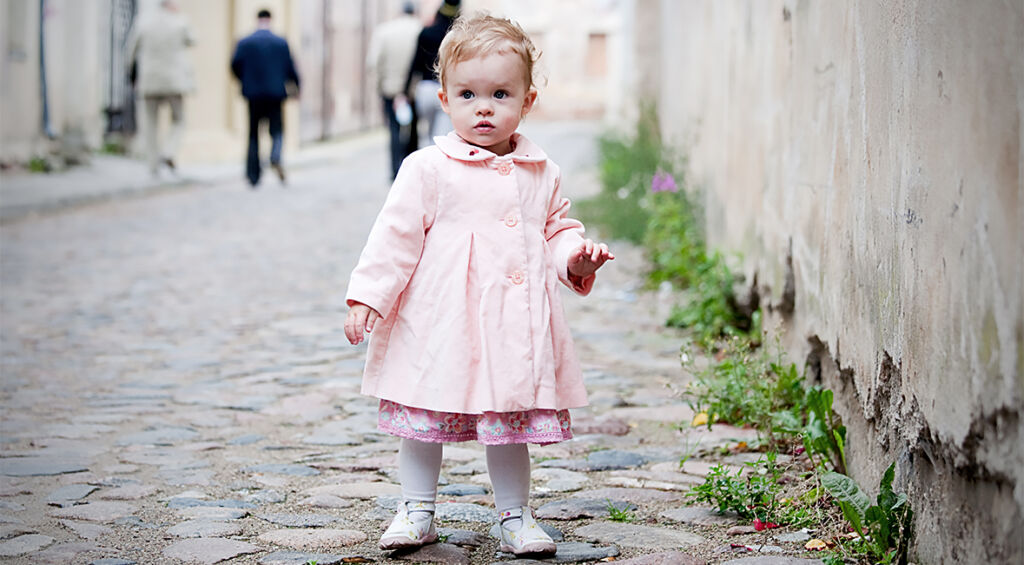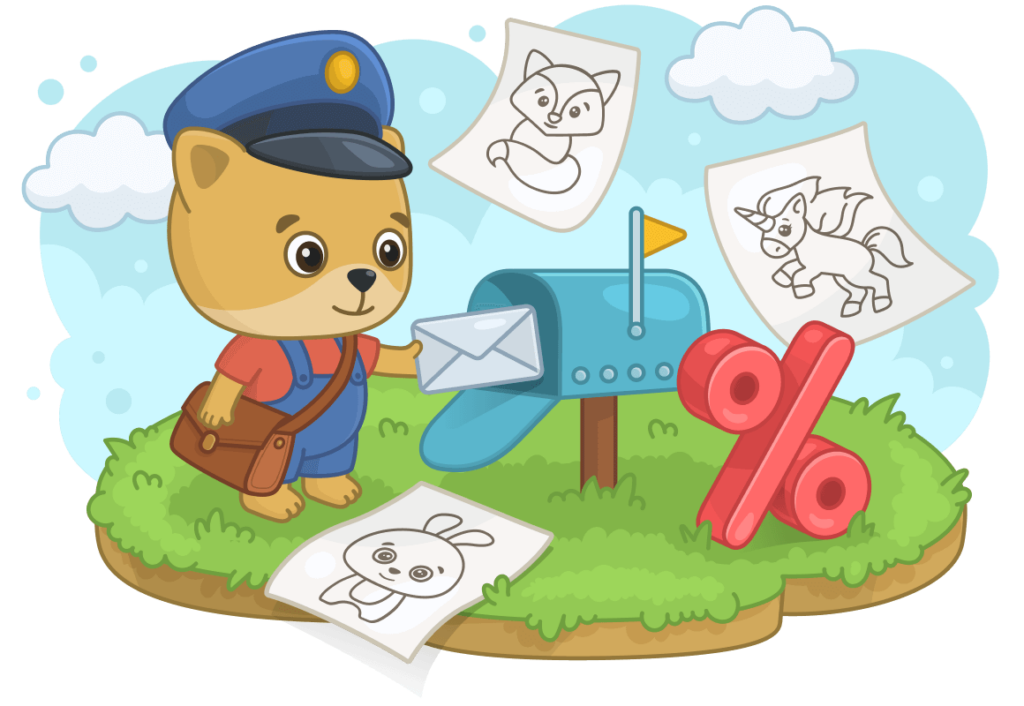Tantrums are a really normal part of childhood but historically they have been seen as bad behavior that needs addressing. As a result, many parents worry about why their child is having tantrums and wonder what they should do to ‘stop’ the behavior. In this article, we will look at what tantrums are, why they happen and what parents or caregivers can do to help.
You might be familiar with tantrums, episodes of crying, screaming and sometimes physical expressions of anger or frustration. Sometimes children will express their frustration physically by stamping their feet, throwing toys or even hitting and kicking. Tantrums tend to occur in response to an incident that adults see as “minor” or “insignificant” and therefore, find the resulting behaviour unreasonable.
The behaviour that we see in temper tantrums is obviously not desirable and depending on when and where the ‘tantrum’ happens it can be embarrassing and inconvenient. However, just because we find the behaviour inconvenient, or embarrassing, does not mean that it is entirely unreasonable.
Why does it happen?
Incidents that tend to provoke tantrums are typically boundary-setting incidents, for example, a toddler being told they need to put their shoes on, or that they cannot have some chocolate. From an adult’s perspective, of course, it is unreasonable to scream and shout because you can’t chocolate when you want it, but toddlers and young children do not operate from an adult perspective, they operate through the lens of their developmental age and stage.
Toddlers and young children have extremely limited capacities for controlling their emotions. Self-regulation of emotion does not really begin to emerge until the age of four. Self-regulation is the ability to recognize one’s own emotions and calm oneself down using a range of self-soothing techniques, and this only starts around age 4, it is much longer until it is effective and fully operational and until that time children are very much at the mercy of their feelings. Let’s be honest, there are plenty of adults who have a difficult time self-regulating.
So, thinking about tantrums from the perspective of a toddler or young child being told that you cannot have the chocolate you so desperately want, leads to frustration, anger, disappointment and a sense of unfairness that cannot simply be squashed down and held back, or moved on from because you simply do not have the developmental ability to do so.

The concept of a wider world, and others feelings, and bigger problems is something that grows and expands throughout childhood and adolescence but for toddlers and young children the ability to see things from others’ perspectives, regulate their own needs in relation to others, or even perceive that a wider world exists, isn’t there yet. Young children are primarily concerned with the very small world around them; their thoughts, their needs, their desires, and increasingly their relationships with others close to them. So, the overwhelming frustration and anger and sadness at things in their world not being how they want is understandable, perhaps a tantrum is a proportionate response after all!
What to do?
Understanding that toddlers and young children have tantrums not to manipulate, but to communicate their overwhelming frustration can help parents and caregivers to respond appropriately. Too often we respond with our own frustration or by giving the child a “telling off” but what children who are in the midst of a tantrum really need is compassion.
This is not to say that we should give children everything they want and don’t set boundaries (though sometimes we should really consider picking which battles are worthwhile!) because boundaries are a useful way to help children feel secure.
Naming emotions can help children to learn that the feelings they are experiencing are normal, have a name and other people have them too. This lays down the foundation for empathy later in life.
The more we learn about toddlers and young children, their brains, their worlds and their development, the more we can understand why they often behave in ways we don’t like. Understanding the reasoning behind behavior leads to a sense of empathy and also respect



